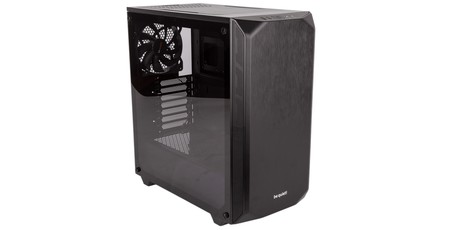
Performance Analysis
Well, it was all going rather well until now. Out of the box, using the mostly solid roof cover, the case actually fails our thermal testing, as the CPU reaches its Tj Max within the 15-minute load test. This perhaps should not be surprising, as the lack of front ventilation coupled with a low-RPM fan means cool air isn’t introduced effectively enough, while the almost-sealed, insulated roof and low-RPM exhaust fan means hot air just builds up. We tested and retested to make sure something wasn’t up with out hardware, and we’re confident in our results.
Proving our point, we switched to the ventilated roof cover, the main impact of which would be allowing hot air to rise naturally out of the case. With just this simple change, we observed an 11°C drop in the delta T and no more throttling. However, even then the Be Quiet! Pure Base 500 is only on par with the worst non-failing results, including one from the fanless Lian Li PC-O11 Dynamic.
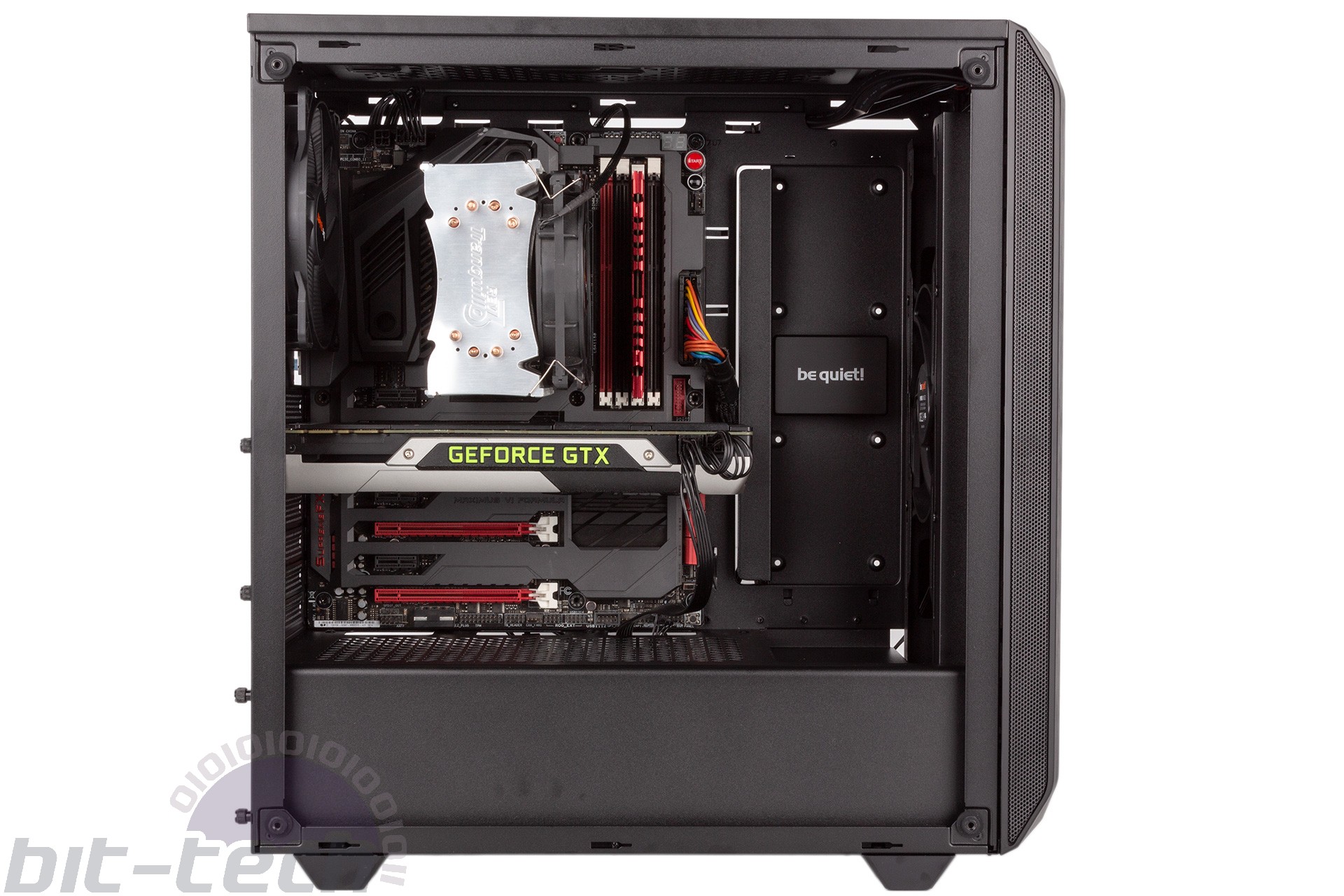
We’ve run enough case tests to know that the limit here is rear exhaust airflow; a faster, more effective fan would knock the CPU temperature into more acceptable territory. After all, the relationship between airflow and this measurement is not linear, which is why the graph curves sharply at the bottom i.e. once effective airflow/ventilation is below a certain threshold, the temperature climbs very quickly to dangerous levels. Of course, with this case you’ll need to supply your own faster fan, as we’ve tested this case with the fans at full speed, so you won’t get any more out of them.
For what it’s worth, the GPU temperature is unaffected by the roof swap and is distinctly average either way, so it’s not a total catastrophe - the case can handle GPU cooling fine.
The case is also very quiet, both in terms of the noise it emits (very little thanks to the low-RPM fans) and in its ability to contain noise. The fairly loud GPU fan setting we used was sufficiently muffled by the various insulating techniques Be Quiet! uses.
Conclusion
We want to like the Pure Base 500, and in fact we still do, because it’s a good-value case with numerous quality-of-life design choices that we genuinely like, such as the front-accessible PSU dust filter, the ease of hardware installation, and the commitment Be Quiet! continues to show to reducing noise. Build quality is also great for the price, and it’s just generally well thought out wherever you look.
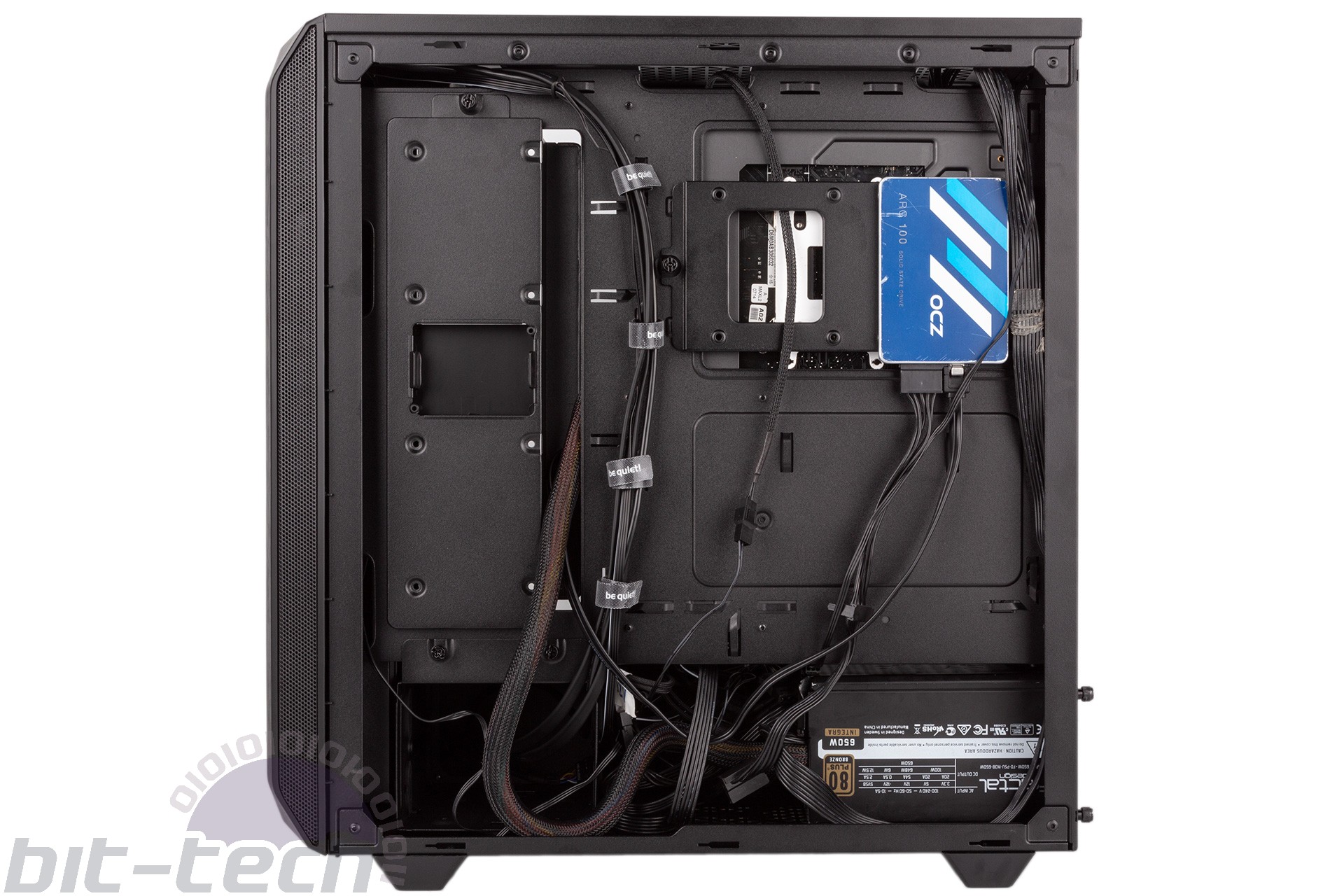
However, we cannot recommend a case that does so poorly when it comes to CPU thermals – else why test it in the first place? We feel Be Quiet! has misjudged the level of airflow needed from that back fan, and this is to the detriment of the chassis as a whole. It means users will need to fix the issue themselves either with additional fans or with better CPU cooling to make up the shortfall, and users can expect to see higher noise from CPU cooler fans or higher CPU temperatures when using this case compared to many others, regardless of which hardware they use. Yes, a beefy CPU cooler and/or lowlier CPU means this one point of contention is largely irrelevant, but it’s also fair to expect a fairly budget chassis to cater to those who want to overclock proper desktop-class CPUs. A 240mm all-in-one solution would be the way to go here, in that case, since that by its nature will introduce much more exhaust airflow to the case, which is really what it's lacking.
If the design is so appealing to you that you’re willing to spend the time improving the situation to a state that works for you and your hardware, which is certainly possible thanks to the numerous qualities mentioned above, then more power to you, but as enthusiasts we expect a certain baseline level of performance from the get-go, and the Pure Base 500 sadly doesn’t attain it. Balancing airflow/noise in cases like this is tricky business, and in this instance our testing suggests that Be Quiet! has tuned too aggressively for low noise.
Update 17/09/2019: Be Quiet! has been in touch to say that it is now going to perform additional tests of its own in order to try and replicate similar results and identify where the issue might be either in general, with our sample specifically, or with our test kit/methodology. We stand by our testing and analysis at this stage, but we'll be working with them in this process and will update the article if necessary.

MSI MPG Velox 100R Chassis Review
October 14 2021 | 15:04

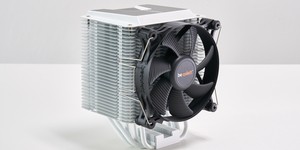
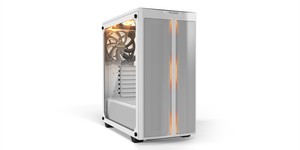
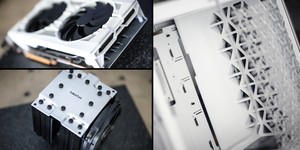




Want to comment? Please log in.